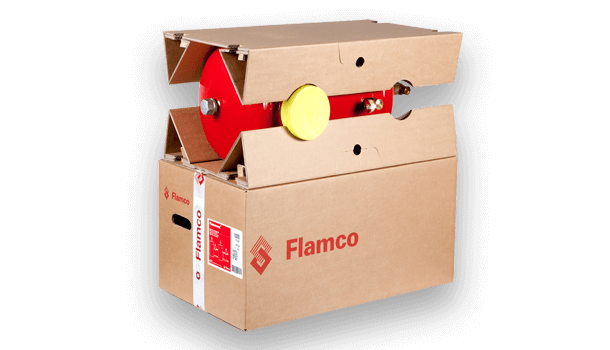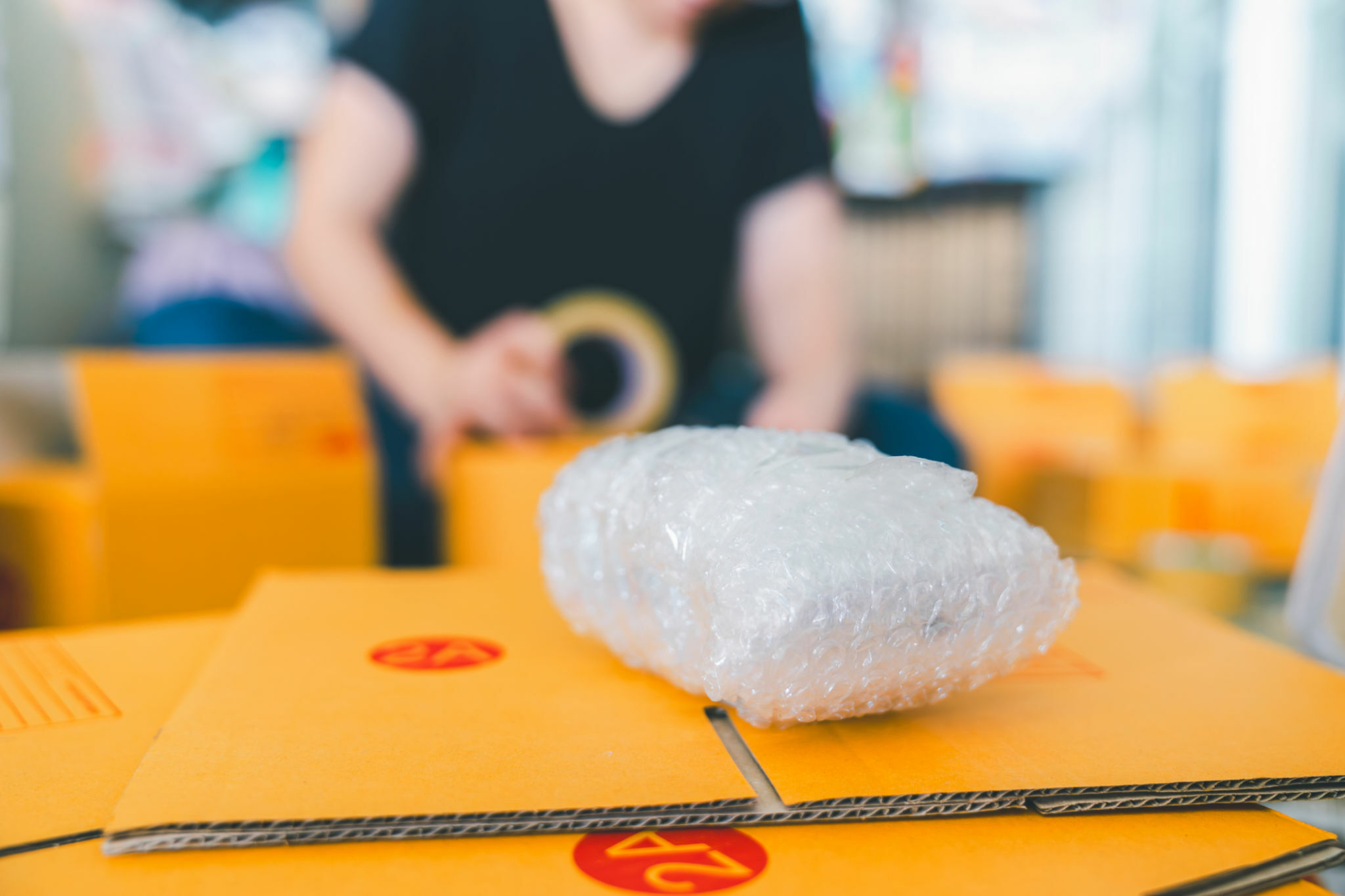Bulk Container Recycling Initiatives: Sustainably Navigating Market
Bulk Container Recycling Initiatives: Sustainably Navigating Market
Blog Article
Effective Industrial Recycling Solutions for Sustainable Product Packaging: A Comprehensive Guide
That's where this comprehensive overview on reliable industrial recycling options for lasting packaging comes in. By discovering crucial areas such as product packaging product choice, developing for recyclability, carrying out recycling infrastructure, collaborating with recycling companions, and tracking and gauging recycling success, this overview will outfit you with the understanding and devices needed to make informed choices and drive positive modification within your company. Whether you're a packaging specialist, sustainability manager, or merely interested in the topic, this overview will certainly offer valuable insights and approaches to assist you browse the world of lasting product packaging.
Product Packaging Material Selection
The choice of packaging products plays an essential duty in making certain the sustainability of industrial recycling services. The choice of products is vital in decreasing ecological influence and maximizing reusing performance when it comes to lasting product packaging. Picking the ideal products can help reduce waste generation, preserve sources, and promote a circular economy.
Materials like cardboard, paper, glass, and specific types of plastics can be reused multiple times without shedding their quality. On the other hand, products that are challenging to reuse, such as non-recyclable composites or combined plastics, can create difficulties for the recycling process and might end up in burners or landfills.
One more factor to consider is making use of eco-friendly and eco-friendly materials. Product packaging made from renewable energies, such as plant-based plastics or biopolymers, can help in reducing dependency on nonrenewable fuel sources and minimize environment modification. Additionally, biodegradable materials damage down normally over time, reducing the buildup of waste in land fills.
Additionally, the weight and quantity of packaging products need to be reduced to minimize transport costs and energy usage. Light-weight products not just require fewer resources throughout manufacturing but also contribute to reduce carbon exhausts throughout transport.
Designing for Recyclability
In order to guarantee the recyclability of product packaging products, thoughtful layout is important. Designing for recyclability includes producing product packaging that can be easily sorted, separated, and processed in recycling facilities. One crucial facet of making for recyclability is the choice of materials. Packaging designers should prioritize making use of materials that are widely accepted for recycling and have actually developed reusing frameworks. Products such as glass, light weight aluminum, and specific sorts of plastic, like animal and HDPE, are typically recycled and should be preferred over products that are pricey or tough to reuse.
Another essential factor to consider in making for recyclability is the elimination of unnecessary components or products. By reducing the number of layers, layers, and extra components, product packaging can be made easier and easier to reuse. Additionally, developers ought to intend to minimize using combined materials, as they can make complex the recycling procedure.

Implementing Recycling Facilities
Effective application of recycling facilities is essential for the success of commercial recycling options. Without proper facilities in position, the recycling procedure becomes ineffective and inadequate, preventing the overall objective of lasting packaging.
To carry out reusing infrastructure successfully, numerous key aspects require to be considered. There ought to be an efficient collection system that promotes the separation and collection of recyclable materials. This can include assigned reusing containers in public rooms, as well as collaborations with waste monitoring firms for curbside pick-up and sorting.
When accumulated, the recyclable products require review to be transported to recycling facilities in a timely manner. This needs effective logistics and transport networks, making sure that the products get to the proper centers right away.
At the reusing centers, progressed sorting and handling innovations must remain in location to separate different sorts of materials efficiently. This includes making use of automated arranging machines, optical scanners, and hand-operated sorting methods.
Moreover, there need to be a durable market need for recycled products. This can be achieved through cooperations with suppliers and sectors that utilize recycled materials in their production processes. Creating a secure market for recycled products incentivizes the recycling industry and advertises the circular economy.
Collaborating With Recycling Allies

One secret aspect of collaborating with reusing partners is the establishment of clear interaction channels. It is necessary to develop open lines of communication to facilitate the exchange of details, updates, and comments. This allows both events to stay informed concerning the development of reusing efforts and deal with any obstacles or issues that might occur.
Additionally, cooperation can involve collaborations in implementing and creating reusing programs. Reusing partners can offer valuable insights and support in developing reliable collection systems and identifying one of the most suitable recycling modern technologies. By collaborating, businesses and reusing companions can optimize the reusing procedure and reduce waste.
In addition, collaboration can expand past the operational elements of reusing. It can also include campaigning for and education efforts. By signing up with forces, companies and reusing companions can raise understanding concerning the importance of recycling and advertise the fostering of lasting product packaging practices among consumers and various other stakeholders.
Monitoring and Measuring Recycling Success
To make certain the effectiveness of industrial recycling options and the success of lasting product packaging goals, it is critical for organizations and their reusing companions to establish a comprehensive system for tracking and determining recycling success (industrial packaging solutions). Determining and tracking recycling success enables services to examine the influence of their reusing initiatives, determine locations for enhancement, and established significant targets for future development
One method to track recycling success is through making use of data collection and analysis tools. By collecting data on the amount of product packaging waste generated, the percentage of waste that is reused, and the kinds of products being recycled, organizations can gain valuable understandings right into their reusing performance. This information can after that be assessed to recognize patterns, patterns, and areas of inefficiency.
Another important facet of monitoring and determining recycling success is establishing clear and standard metrics. This enables businesses to contrast Visit Your URL their efficiency against sector standards and track their development in time. Metrics such as reusing prices, waste diversion rates, and greenhouse gas exhausts can supply a quantitative measure of a business's reusing his response success.

Final Thought
To conclude, applying efficient industrial recycling remedies for lasting packaging calls for cautious consideration of product packaging material selection, creating for recyclability, executing reusing facilities, collaborating with reusing partners, and monitoring and measuring reusing success. By integrating these techniques, companies can add to a much more environmentally-friendly and lasting technique to packaging, lowering waste and promoting the circular economic situation.
By discovering vital locations such as product packaging product choice, designing for recyclability, carrying out recycling facilities, teaming up with recycling companions, and monitoring and measuring reusing success, this overview will furnish you with the expertise and tools needed to make informed decisions and drive favorable adjustment within your organization. Packaging developers need to prioritize the use of products that are extensively accepted for recycling and have developed reusing infrastructures.Collaboration with reusing partners is crucial for the successful implementation of industrial reusing remedies and the success of sustainable packaging goals. By joining pressures, organizations and reusing companions can raise awareness regarding the value of reusing and advertise the fostering of lasting product packaging techniques amongst customers and various other stakeholders.
By accumulating information on the quantity of product packaging waste created, the percent of waste that is reused, and the kinds of products being reused, organizations can gain valuable insights right into their reusing efficiency.
Report this page